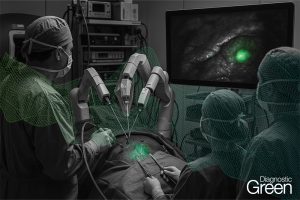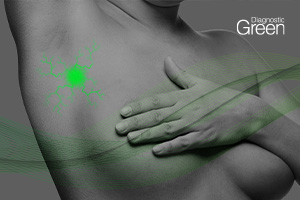To perform a systematic review of the safety and effectiveness of fluorescence laparoscopy-guided precise hepatectomy.
Methods: We searched the PubMed, Embase, Web of Science, and Cochrane Library databases from inception to December 1, 2022, using the search terms “indocyanine green,” “ICG,” “infracyanine green,” “laparoscopy,” “liver resection,” and “hepatectomy.”
Results: After screening, the meta-analysis included a total of 13 articles. The studies included 1,115 patients who were grouped into the fluorescence laparoscopy (490 patients) and conventional laparoscopy (625 patients) groups. All articles included in the meta-analysis were of high quality. The results of the meta-analysis revealed that compared to the conventional laparoscopy group, the fluorescence laparoscopy group had a higher R0 resection rate (odds ratio=4.03, 95% confidence interval [1.50, 10.83], P=0.006), lower blood transfusion rate (odds ratio=0.46, 95% confidence interval [0.21, 0.97], P=0.04) and lower blood loss (mean difference=-36.58; 95% confidence interval [-59.75, -13.41], P=0.002). However, the length of hospital stay, operative time, and incidence of postoperative complications did not differ significantly between both groups (P>0.05).
Conclusion: Compared to conventional laparoscopy, fluorescence laparoscopy provides better application effects in hepatectomy. The surgical procedure has demonstrated good safety and feasibility, which make it worthy of popularization.




